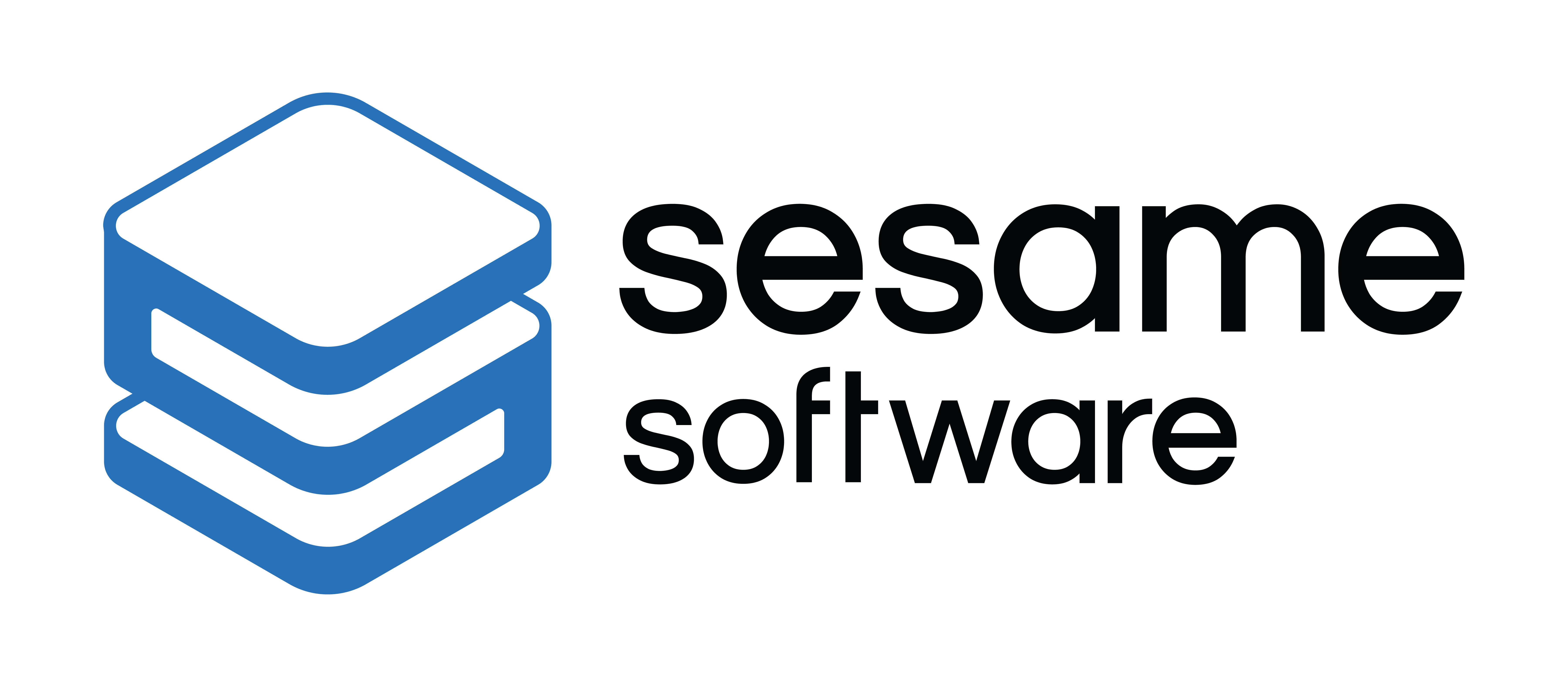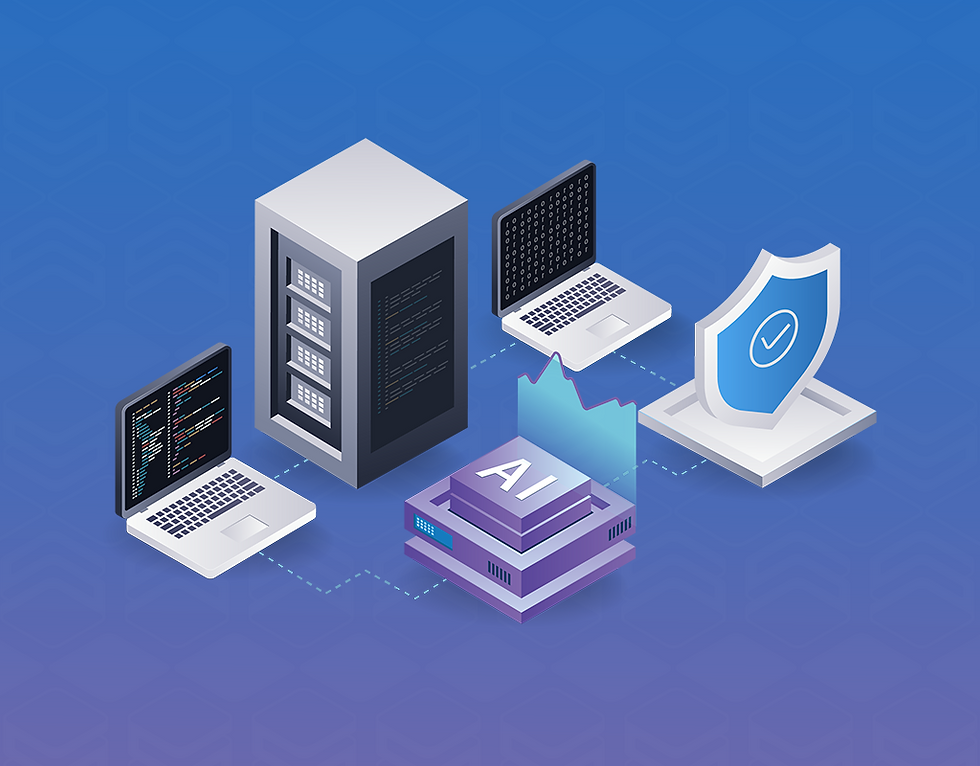The Struggle for Relevance and ROI in AI Adoption
- Sesame Software

- Oct 22
- 4 min read
Updated: Nov 4
It’s been three years since ChatGPT’s public debut. This milestone seemed to bring the Turing Test within reach. Yet, rather than fearing a Skynet-style future, many of us are grappling with a more mundane problem: what exactly to do with this new toolset.
Ironically, it’s often easier to tell whether you’re talking to a robot than to know if the person (or bot) on the other end is human. Personally, if the response is written in flawless Harvard-level English, I suspect it isn’t. Chat interfaces, however, are only one manifestation of AI. In a corporate context, unless they’re connected to a company’s data, their advice is often limited.
As for website chatbots? I want to drive a stake through every one I’ve ever encountered. Human support staff can be disappointing at times, but chatbots manage to drive me nuts all the time.
The first wave of AI projects has produced both winners and losers, as is typical with any new technology. The real challenge is that most companies still don’t know why they should use AI in the first place. End users are looking for ROI that still feels elusive, while AI vendors are wondering where the paying customers are.
We see staggering valuations for AI companies. However, often the value is driven by vendor-to-vendor activity rather than actual customer demand. OpenAI’s use of Oracle Cloud Infrastructure, for example, boosted Oracle’s stock price. Other firms build on OpenAI or Grok. At some point, these giants will need more than partnerships and infrastructure—they’ll need real, paying customers.
AI Adoption Challenges: From Hype to Practical ROI
I started attending AI-themed trade shows in 2023. The vendors were often impressively prepared, with slick booths and bold promises to “solve all your AI problems.”

But the potential customers? Many came without a clear agenda. Few had specific projects or problems in mind. They were curious to see what AI could do for them. Some came to sell consulting services. Others hoped to find ways to bring AI into their companies—often without any defined requirements.
The idea of “using AI everywhere” became fashionable in some circles. However, it was both brave and, frankly, foolish. Companies were being encouraged to spend on AI “just in case” they might find a problem worth solving later.
A Solution Looking for Problems
If you start with a shiny new tool and then go hunting for problems to solve, you’re likely to be searching for a long time. Companies have real challenges—doing things smarter, faster, or cheaper.
AI does have strong use cases: drafting customer communications, predicting revenue, automating repetitive tasks, and even performing research that would otherwise take days. But as long as organizations approach AI as a hammer looking for nails, they’ll face resistance. After all, many jobs depend on not automating certain tasks out of existence.
One of my personal favorite uses of AI is research. When a conversation hits a dead end because neither person knows enough about a topic, I ask ChatGPT. In seconds, I get a solid, college-level overview—often with links to original sources. I trust it because I understand its limitations and verify the references. That’s far better than asking someone to speculate from a position of ignorance—something both humans and AI tend to do when cornered.
Setting Realistic Expectations for AI Projects
The real question is how to set expectations and focus on AI projects that deliver tangible results. That’s the subject of my next article: “How to Identify AI Project Candidates in the Modern Enterprise.”
Future pieces in this series will focus on practical corporate needs—specifically, how AI can be applied to improve decision-making and deliver measurable ROI.
Next Steps to Take Control of Your Data
Sesame Software's data pipelines ensure information flows cleanly and consistently across systems. This provides the quality, structure, and governance AI tools need to deliver trustworthy insights.
Talk to a Data Expert about building the data foundation that makes AI practical, measurable, and ROI-driven.
FAQ: Data Readiness for AI
Why is data readiness the first step toward effective AI?
AI can only be as accurate as the data it’s built on. If your data is incomplete, inconsistent, or siloed, AI results will be unreliable. Sesame Software’s data pipelines ensure data is clean, connected, and governed—so AI tools can operate on trusted information instead of guesswork.
How does Sesame Software help companies prepare for AI?
Our platform streamlines data replication and integration across every environment—on-prem or cloud—creating a unified source of truth. This consistency gives organizations the reliable foundation needed for analytics, automation, and AI-driven insights.
What’s the biggest barrier to AI success in most enterprises?
Most AI projects stall not because of the models, but because the underlying data isn’t ready. Disconnected systems, manual data movement, and lack of governance make it impossible to scale AI with confidence. Sesame Software eliminates these barriers by keeping data synchronized and audit-ready.
How can I tell if my organization is AI-ready?
You’re ready when your data is unified, up to date, and governed—when insights can be trusted without constant manual cleanup. If achieving that feels out of reach, data readiness through automated pipelines is the right place to start.
Found this post helpful? Share it with your network using the links below.



